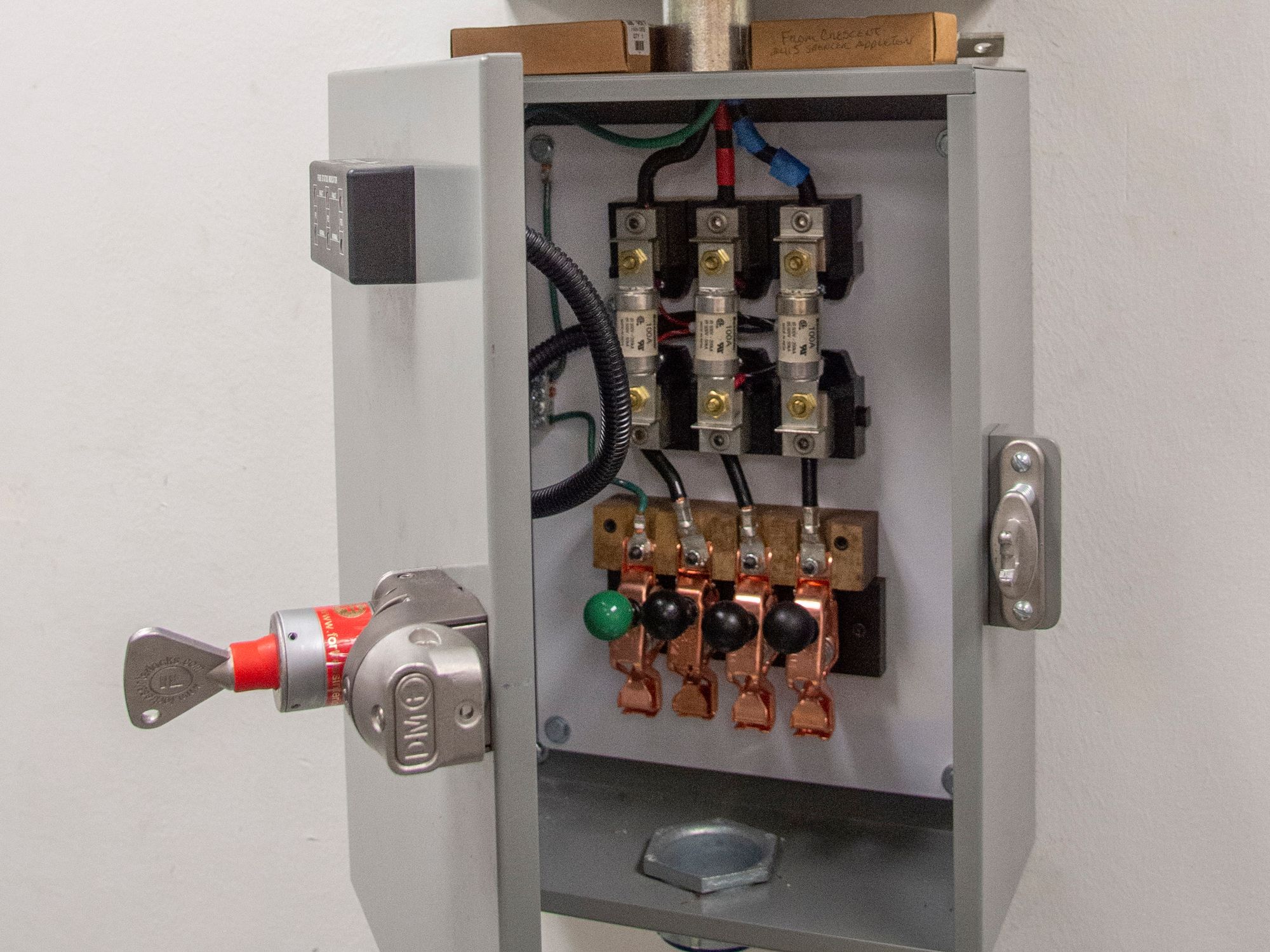Circuit protection devices

- Circuit protection devices like GFCIs protect workers by automatically shutting off the flow of electricity when an improper current is detected.
Circuit protection devices are designed to automatically limit or shut off the flow of electricity in the event of a ground-fault, overload, or short circuit in the wiring system. Fuses, circuit breakers, and ground-fault circuit interrupters are three well-known examples of such devices.
Fuses and circuit breakers are over-current devices that are placed in circuits to monitor the amount of current that the circuit will carry. They automatically open or break the circuit when the amount of current flow becomes excessive and therefore unsafe. Fuses are designed to melt when too much current flows through them. Circuit breakers, on the other hand, are designed to trip open the circuit by electro-mechanical means.
Fuses and circuit breakers are intended primarily for the protection of conductors and equipment. They prevent over-heating of wires and components that might otherwise create hazards for operators. They also open the circuit under certain hazardous ground-fault conditions.
The ground-fault circuit interrupter (GFCI) is designed to shut off electric power within as little as 1/40 of a second. It works by comparing the amount of current going to electric equipment against the amount of current returning from the equipment along the circuit conductors. If the current difference exceeds 6 milliamperes, the GFCI interrupts the current quickly enough to prevent electrocution. The GFCI is used in high-risk areas such as wet locations and construction sites.
